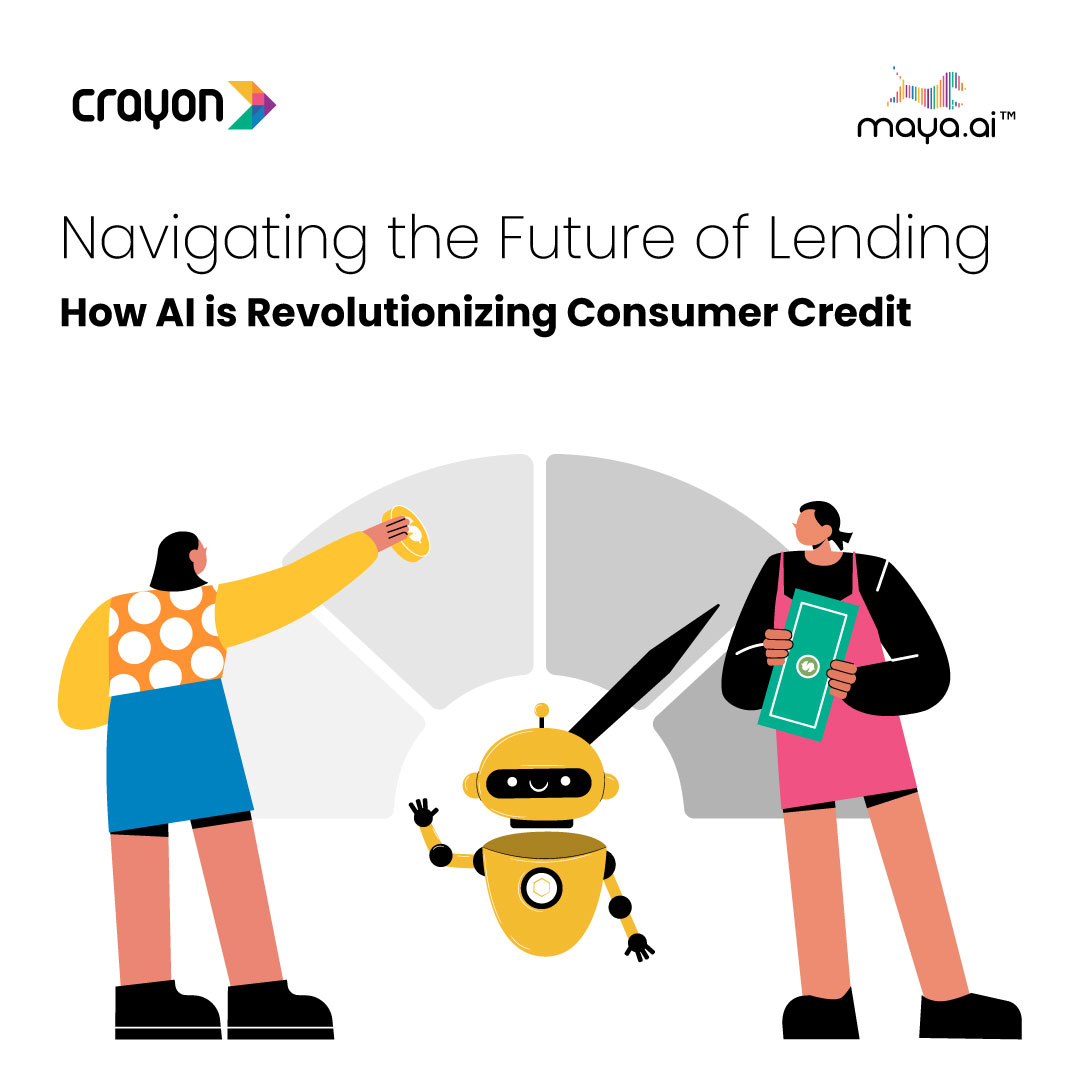Over the last five years, big data has become one of the most valuable assets in the business. Although the process of gathering and storing large quantities of digital information has been around since the nineties, it’s only in recent years that it’s been put to good use. Indeed, as Harvard Business Review’s Kristian Hammond noted in 2013, big data is the means to evidence-based decision-making. By analyzing large quantities of information from a variety of sources, companies can make better decisions and, in turn, grow in a more efficient way. Taking this concept, companies of all sizes and persuasions have developed technology to harness the power of big data.
As per a 2016 report by Forrester and TechRadar, the industry is evolving rapidly. The report noted the trend trajectory of 22 technologies within the big data sector, many of which have flourished as predicted. Of those highlighted, Forbes Gil Press noted 10 of the most significant for businesses.
Predictive analytics
This is the process of using data mining, statistics and modelling to make predictions about future outcomes. In other words, historical data defines a set of parameters, which computers can then use to determine what user behaviour/responses might be in the future.
Search and knowledge discovery
These tools support self-service extraction of information from large, unstructured databases. In other words, search and knowledge tools allow someone to input a query and pull in data from a variety of unconnected sources in order to cover a single topic/request.
Stream analytics
This technology can take information generated from a variety of connected devices and sensors and turn it into actionable insights in real-time. This technology is most concerned with IoT and using data from a variety of smart devices to make almost instant predictions. For example, stream analytics could be used in an IoT home system to help determine the optimal living environment (heat, lighting etc.) for the user based on masses of data from the thousands of homes.
NoSQL databases
The use of NoSQL databases makes the processing of some big data sets more efficient. Because these databases are structured using key-values, graphs or documents instead of tabular structures found in relational databases.
Distributed file stores
These systems store data on multiple nodes instead of a single point. The data is replicated on each node to allow for improved processing performance i.e. the information is more readily available. This type of data storage is similar to the decentralized structure of blockchains.
In-memory data fabrics
This technology groups independent sources of data into a grid. This grouping not only allows each source to operate independently but as part of a collective, through which information can be analyzed either in parts or as a whole unite.
Data virtualization
Drawing information from disparate sources, this technique allows users to gain an overview of large sets of data in real time. This is possible because the software doesn’t replicate the data from each source. Instead, it simply delivers a unified data service that can support multiple applications and users.
Data preparation
With big data insights increasing, it’s becoming increasingly difficult to process it all in an efficient way even with all the current software on the market. Data preparation involves collecting and editing data from multiple sources before it’s plugged into a system and analyzed.
Data integration
To improve the communication between unconnected data sources, integration software has become important. Through products such as Apache Pig and MongoDB, it’s now possible to link data in a meaningful way even if the sources are completely unconnected.
Data quality
Not all data is good data. With speed and efficiency crucial in today’s world, businesses are now using products that analyze and cleanse data before it’s stored/analyzed.
Predictive Analytics starts to shine
Of the innovations listed, predictive analytics is one that’s showing it has the most utility in the current business climate. Despite the fact it’s been around for more than a decade, machine learning (a part of the artificial intelligence realm) has made this technology more effective. Prior to machine learning giving computers the ability to adapt in real-time, predictive analytics struggled with scale. Because AI systems can operate without human intervention, they can process more information. As an example, Magnetic’s AI system can process 1 petabyte of consumer information to suggest potentially profitable actions. Combining this technology with predictive algorithms can result in models that consider more information and, in turn, generate more precise outputs.
In simple terms, predictive models allow businesses to determine customer responses or potential purchases by using historical data. An example of this would be the way gaming operators draw data from in-house marketing campaigns and external comparison sites to define their next marketing campaign. For instance, after sending out a promotional email, the company has the ability to record the number of clickthrough responses. On top of this, affiliate data from comparison sites gives the company further insight into what’s hot and what’s not. Indeed, because a platform like Casinos Killer ranks sites using a myriad of data, including betting options, bonuses and overall quality, it’s easy to see which offers players are attracted to. Just like PriceGrabber and NexTag are hotbeds for user preferences, the same is true in the gaming sector. So, by tracking data from affiliates and combining it with its own insights, it becomes possible to use predictive analytics and AI to highlight trends and launch campaigns based on this analysis.
Of all the trends in big data, the evolution of AI-powered technology is by far the most significant. As we’ve shown, the ability to process larger quantities of data in real-time can result in more accurate predictions. The upshot of this is that business can be more efficient in whatever task it is they’re interested in. Whether it’s security or marketing, the crossovers between big data technology and AI are playing a central role in the action.




